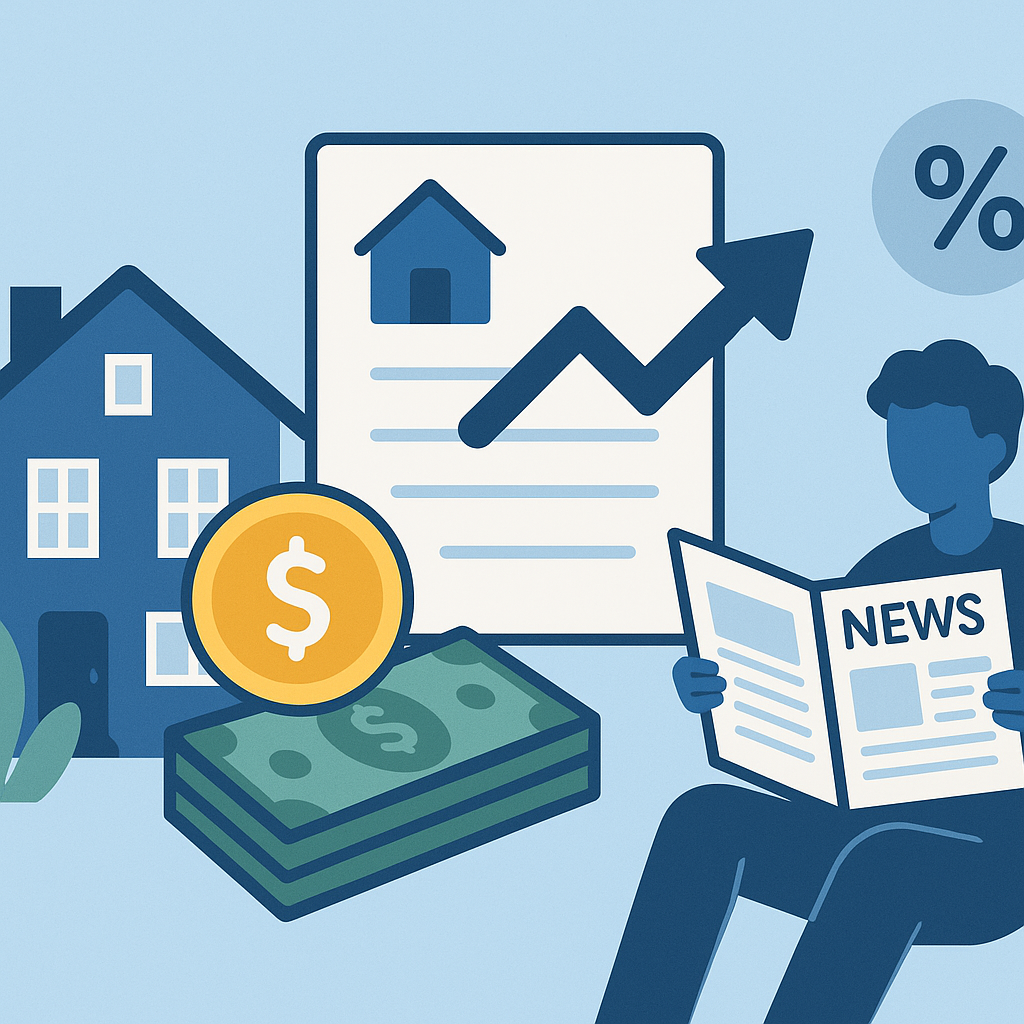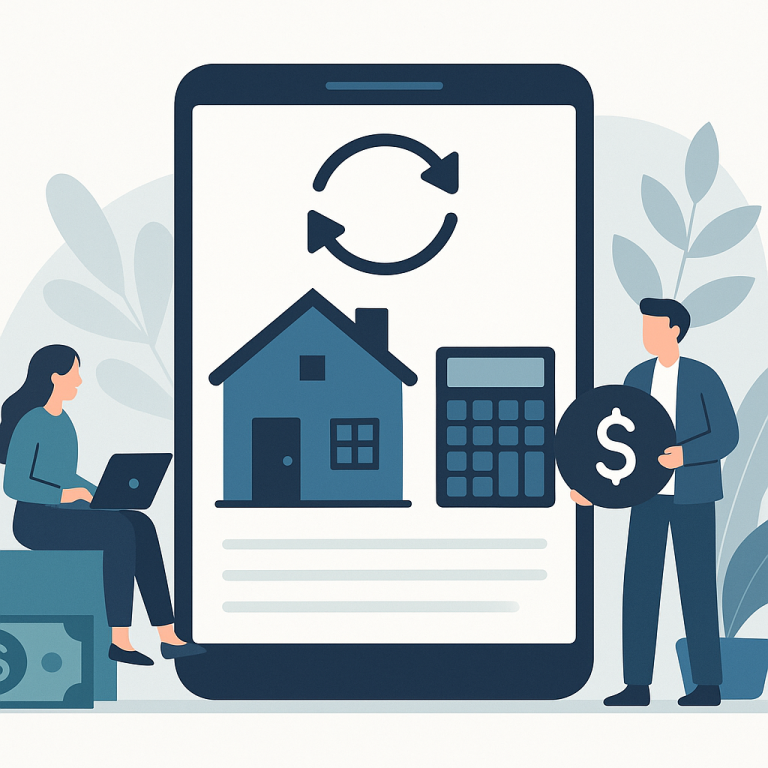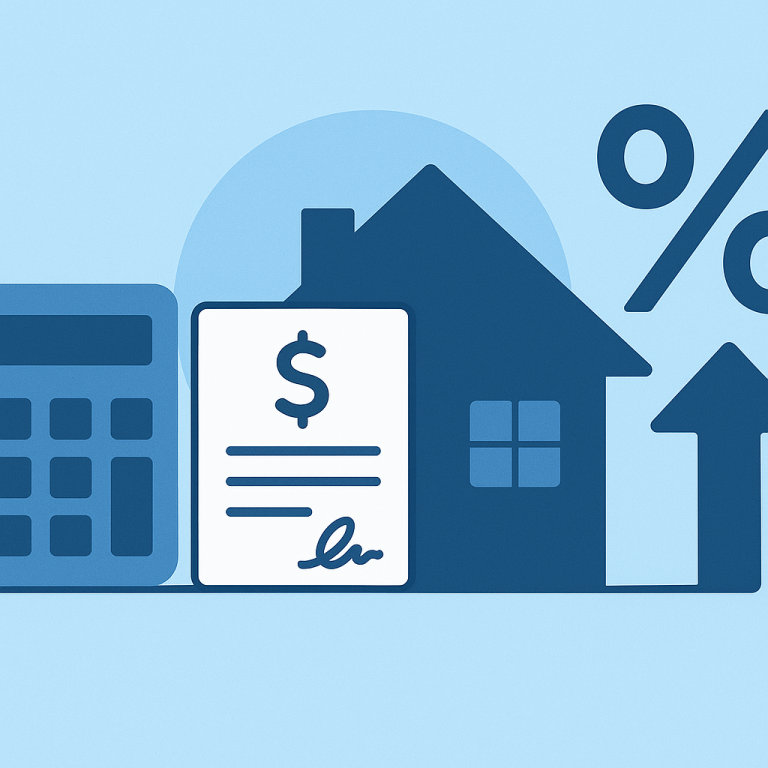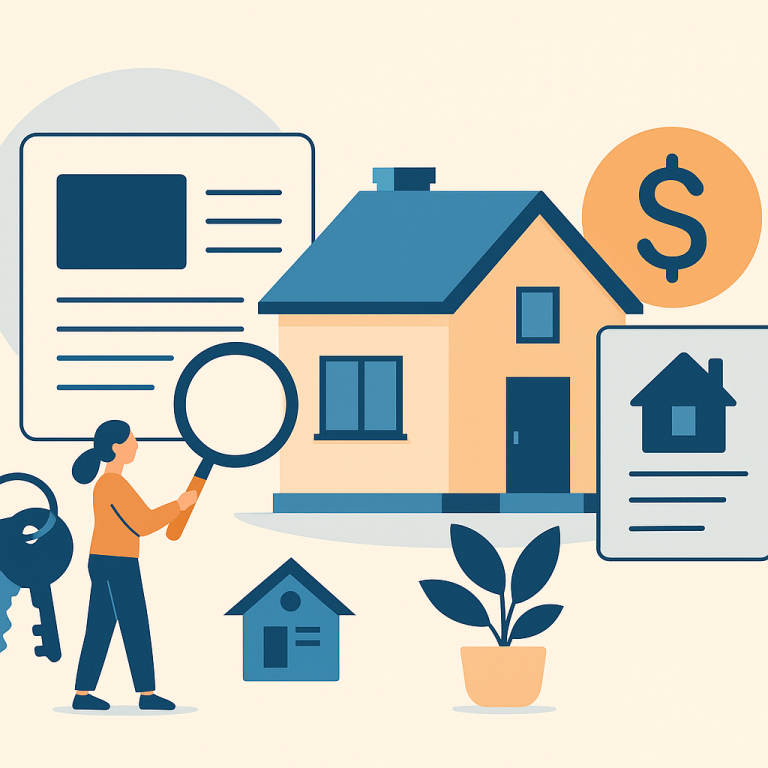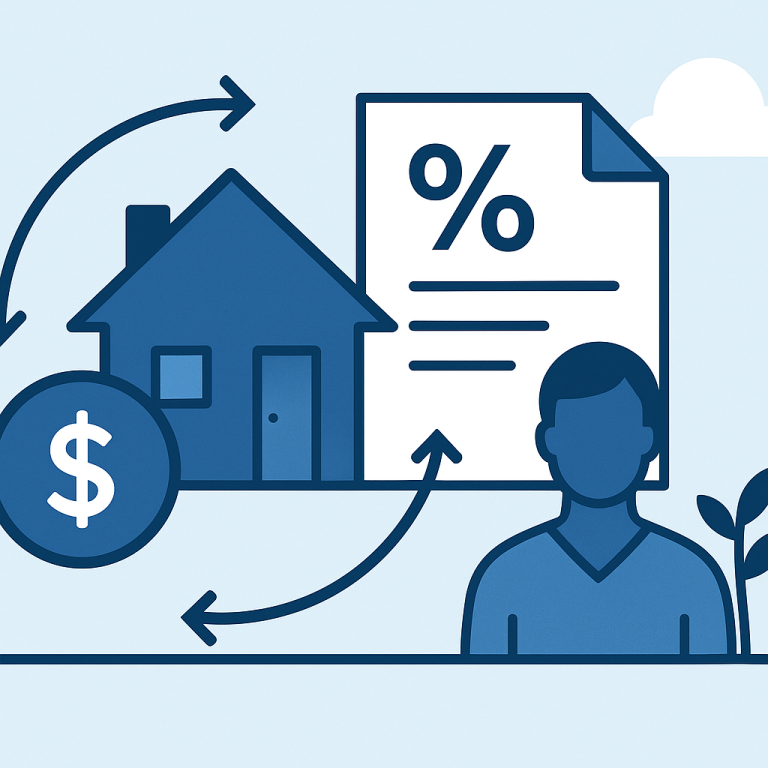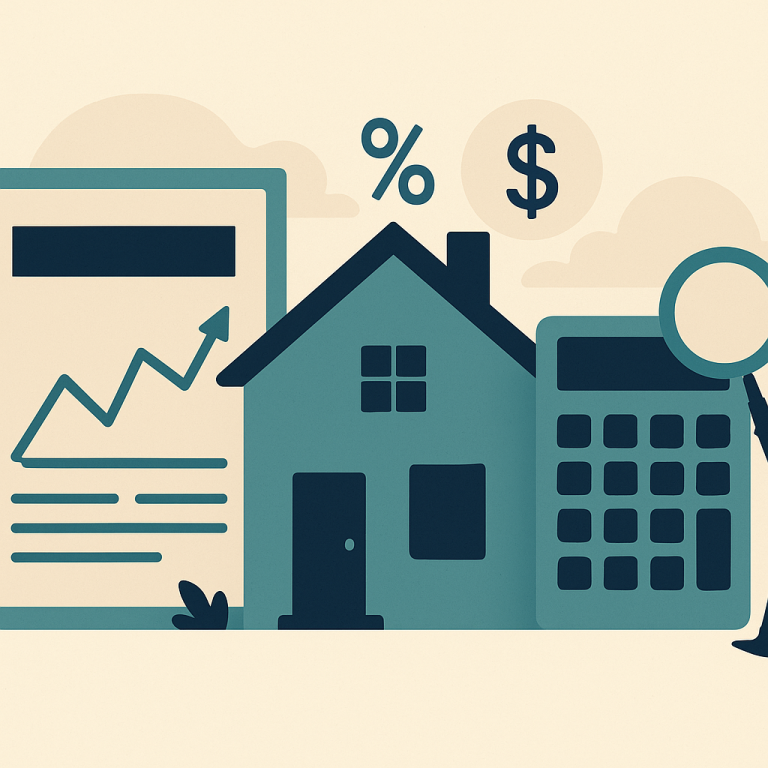30-Year Refinance Rates Fall 0.25% After Treasury Yield Slide
At a glance: The latest mortgage rate drop and how it could affect refinancing decisions.
Mortgage rates have moved lower. That can improve affordability and may reopen refinance options for borrowers whose current rate is above today’s quotes.
What the Rate Drop Means for Borrowers
Homeowners considering a refinance face a simple but crucial question: will the savings from a lower rate or different loan term outweigh the costs of refinancing? The most practical way to answer that is to calculate the break-even point—the time it takes for cumulative savings to equal the upfront and recurring costs of refinancing. Focusing on that single metric helps homeowners separate attractive opportunities from ones that look good on paper but don’t deliver meaningful benefit.
What to include in a break-even calculation
A reliable break-even analysis compares the total cost of the current mortgage against the total cost of the proposed loan over time. Key elements to include:
- Estimated closing costs and fees associated with the refinance
- Any change in monthly payment driven by the new interest rate or loan term
- Prepayment penalties or other exit fees on the existing mortgage
- How much principal remains and how many years are left on the current loan
- Potential tax considerations that may affect net savings (these vary by jurisdiction)
How to interpret the break-even result
If the break-even point is shorter than the homeowner’s expected time in the home, the refinance is more likely to be beneficial. Conversely, a long break-even period suggests limited value, especially for people planning to move or sell in the near term. A short break-even does not automatically mean a refinance is the best move; it should prompt a deeper look at lifetime interest savings and monthly cash flow impacts.
Non-financial factors that matter
Beyond the numbers, several practical considerations influence the decision:
- Cash flow needs: Lowering monthly payments can free budget space but may extend the loan’s payback period.
- Risk tolerance: Switching from a fixed-rate to an adjustable-rate loan can reduce initial payments but increases interest-rate risk.
- Credit profile and loan terms: A stronger credit score may secure better refinance pricing, while shortening the loan term can accelerate equity-building.
- Program availability: Some refinance options target specific homeowner goals, such as cash-out or shortening the term; availability and qualification criteria vary.
Practical steps for homeowners
To evaluate a refinance, gather current loan documents, request several rate quotes from lenders, and run a side-by-side amortization comparison for your timeline. Use a break-even calculation that includes all upfront costs and any changes in monthly payments. If possible, model multiple scenarios—different interest rates and terms—to see how sensitive your break-even and lifetime savings are to changing inputs.
Homeowner takeaways
- Use the break-even point as your primary filter: if you expect to stay beyond that point, proceed to deeper analysis.
- Include all costs and any penalties to avoid overstating potential savings.
- Consider non-financial goals—cash flow, risk tolerance, and long-term plans—when choosing loan terms.
- Get multiple quotes and run amortization scenarios to understand both short- and long-term impacts.
Refinancing can be a powerful tool for lowering monthly payments, shortening the mortgage term, or accessing equity, but its value depends on timing, costs, and personal plans. A clear break-even analysis combined with practical scenario modeling gives homeowners the information needed to decide with confidence.
META: refinance-break-even-analysis

